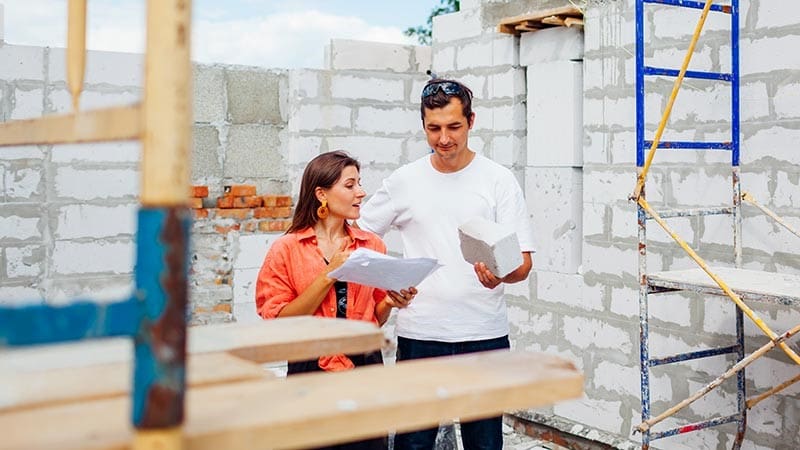- 25 Jan 2025
- By API Magazine

Whatever your financial or career situation, there are strategies that can be employed to get a foot on the property ladder or even develop a real estate portfolio.
No matter what life throws us, the best time to invest will always be yesterday and the next best time, today.
Whether you’re a teenager who has begun a casual job, a university graduate with your sights set on saving for a home deposit, or a mum or dad investor, building a successful property portfolio is within reach.
Here are the top strategies that’ll help you build a winning property portfolio — regardless of what is happening around you.
Invest in something you understand
Take the time to understand whatever it is you’re investing in. You don’t need to be an expert but it’s invaluable to know the basic principles around why your investment will grow.
I invest in property because a roof over our head is a basic need. As a population grows, it will bring with it more demand for more roofs. If the population shrinks, the opposite will occur.
I’d be flabbergasted if half the people investing in cryptocurrencies and other fad investments have any clue what causes the price to rise or fall.
Buy land for growth
No matter how incredible a house may look or how much you love it, the value of the actual building is guaranteed to decrease as it ages, while the land increases in value.
Most people know that the value is in the land, and yet nearly half of all property investors don’t buy land.
A well-located property will do well regardless of what it is. A well-located block of land will beat just about any other investment out there.
Cash flow is like oxygen
Cash flow is the oxygen of investing. Run out and it’s over very quickly.
Most of us need to borrow money to invest, so cash flow is not a risk we can avoid – but we can manage the risk.
To ensure a high occupancy rate, the rent must be affordable.
As a rule of thumb, try to ensure the rent is no higher than 30 per cent of the household income of the suburb in which you’re buying. This way they will always have someone wanting to rent the property.
The rental yield is the annual rental return as a percentage of the purchase price.
Rental yields can be as low as 2 per cent, and as high as 6 per cent or 7 per cent or more.
A rental yield of 4 per cent or higher is generally going to provide enough to cover mortgage repayments in time.
Buy new homes
Most people think the biggest tax deduction on a property is the interest on borrowed money. It’s not – the depreciation is. 100 per cent of the cost of a house can be deducted from our income.
New properties therefore significantly de-risk a property investment.
The Australian Taxation Office (ATO) says about 70 per cent of Australians do not claim all their allowable tax deductions. Therefore, it’s also essential to enlist a good accountant to help ensure you maximise your benefits.
Compound growth is the secret sauce
Compound growth is a financial miracle and some benefit from using it and those who fall behind as a result of not using it.
The most successful property investors hold their properties for as long as possible and ideally use the growth in one property as their deposit and costs on the next property, accessing compounding growth in the process.
Long term investment strategy
Considering your strategy is a good place to start. Are you trying to buy a property or are you building a portfolio?
Investing in property requires a long-term mindset. Time in the market beats timing the market. Successful investors buy and hold.
Compound growth works better the longer you hold your investments. Think of it like a snowball rolling down a mountain, gaining momentum and size over time.
